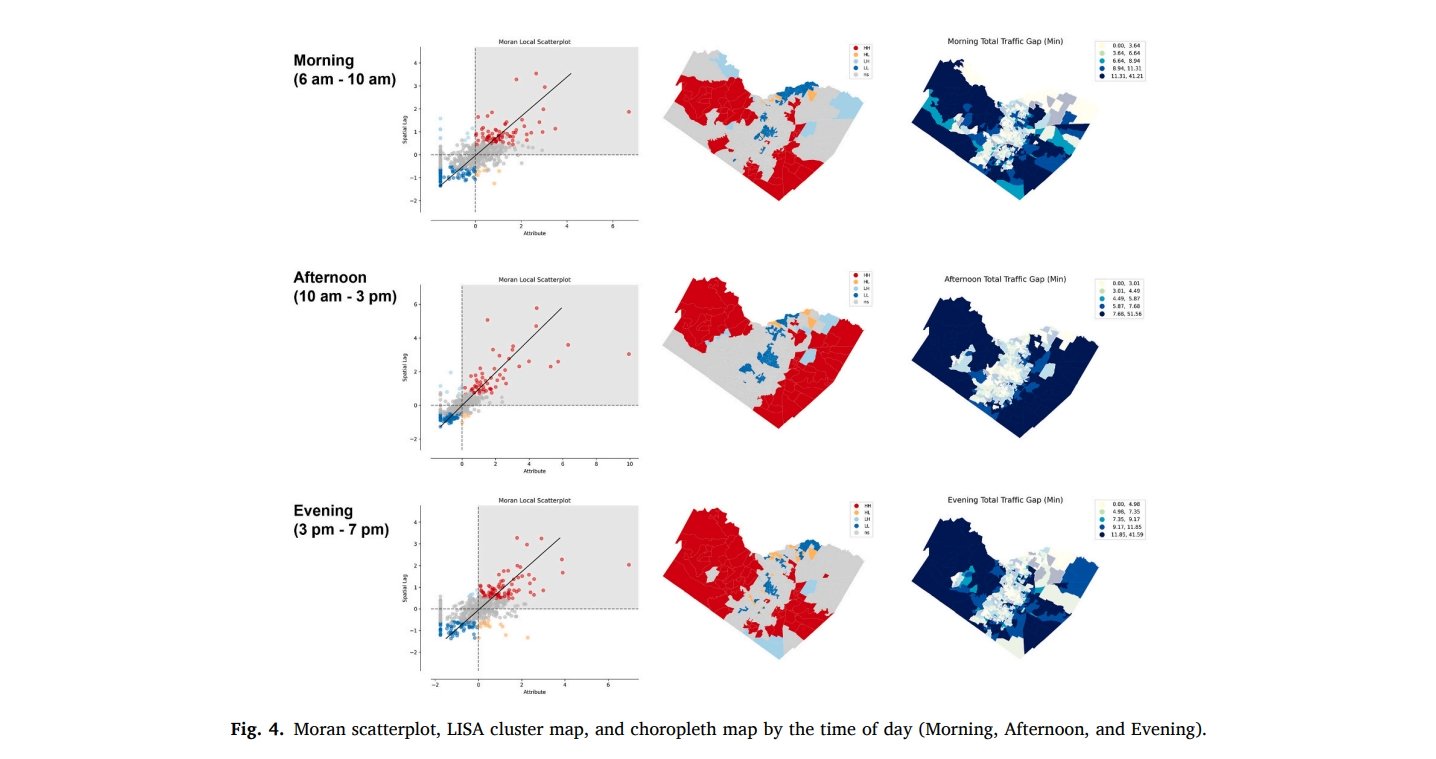This empirical study utilizes Austin-Travis County EMS data to examine delays in response time due to traffic congestion, focusing on peak traffic rush hours. Spatiotemporal analysis reveals that heat-related EMS responses are most delayed in the morning and evening, with higher clustering patterns in the outskirts of Austin, particularly in the east and west. Ordinary Least Square (OLS) and Geographically Weighted Regression (GWR) models identify several factors exacerbating delays, including larger EMS counts, longer distances to scenes and hospitals, and neighborhoods with higher black and Hispanic populations. OLS analysis highlights the significance of road density, average speed limit, and open space growth rate, while GWR findings suggest locally varying coefficient signs, warranting further investigation. These findings offer valuable insights for practitioners aiming to reduce local EMS response times, emphasizing the importance of understanding spatial patterns in addressing urban health disparities.





